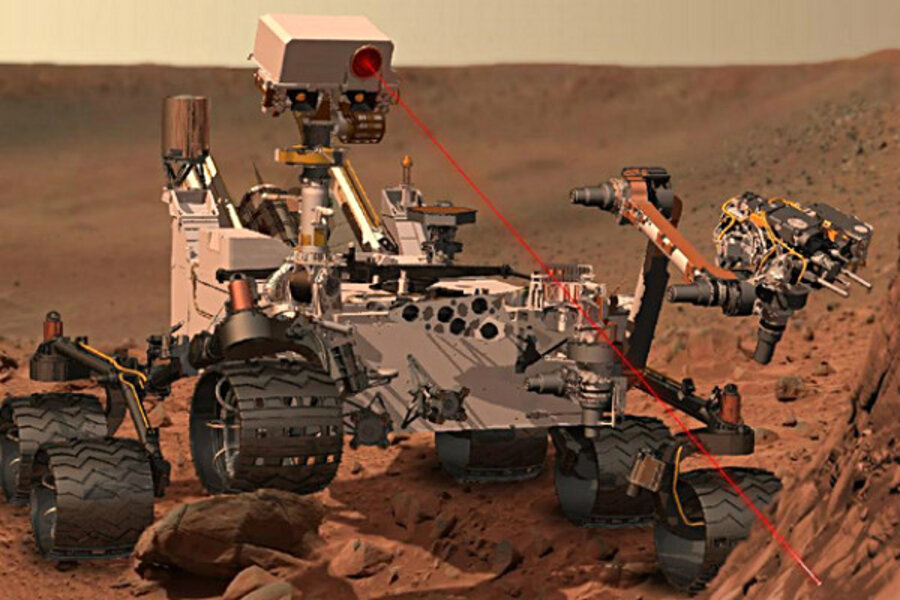Five essential facts about NASA's Mars Curiosity rover
| Pasadena, Calif.
NASA's new robot rover named Curiosity has spent 8½ months hurtling through space toward its destination Sunday on Mars. It is set to land near the foot of a mountain rising from a giant crater. This marks NASA's 19th mission and eighth landing attempt.
Why Mars again?
The big unknown remains. Scientists want to know if any form of life ever existed there, and that means microscopic organisms. Since the 1960s, spacecraft have zipped past, orbited or landed on Mars in this quest. Two small NASA rovers that arrived in 2004 explored different craters and one is still functioning today.
Curiosity is the most ambitious effort ever, but it's not the be-all and end-all. During its two-year exploration, it will try to answer whether the giant crater where it lands had the right conditions to support microbes. But future missions would still be needed for more answers.
What will Curiosity do?
Curiosity carries a toolbox of 10 instruments, including a rock-zapping laser and a mobile organic chemistry lab. It also has a long robotic arm that can jackhammer into rocks and soil. It will hunt for basic ingredients of life including carbon-based compounds, nitrogen, phosphorus, sulfur and oxygen, as well as minerals that might provide clues about possible energy sources.
How did Curiosity get its name?
The spacecraft is formally called the Mars Science Laboratory. In 2008, NASA held a naming contest open to students and selected Curiosity, proposed by a sixth-grader from Lenexa, Kan.
What does this mission cost?
$2.5 billion. That's $1 billion over its original budget. Curiosity was supposed to launch in 2009 and land in 2010, but development took longer than expected. The delay gave engineers more time to debug problems and test the spacecraft, but also put the project over budget.
When will we send astronauts to Mars?
President Barack Obama has set a goal for astronauts to orbit Mars by the mid-2030s followed by a landing. Before that can happen, the plan is to send astronauts to an asteroid first.
___





